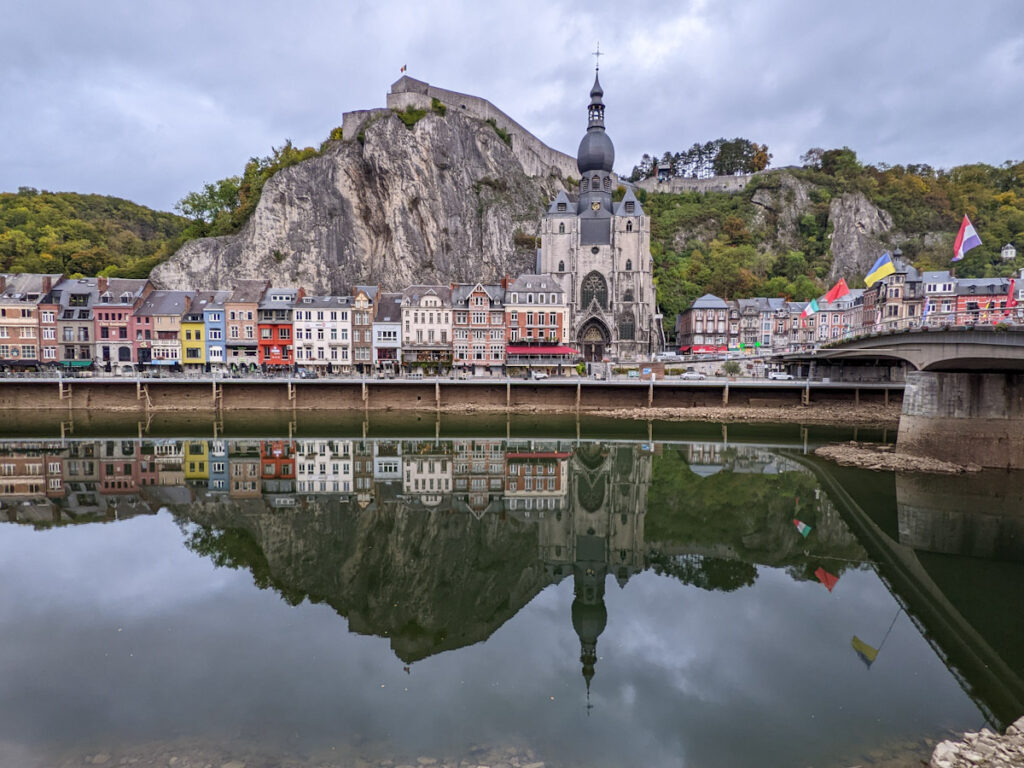Thursday 13 Oct Schedule in the city of Luxembourg:
Arrival @ 9:38; Departure @ 14:10
There are plenty of good photo opportunities, especially around the valley that runs through the city, but no regrets over such a hasty departure.
Diekirch
Before moving on to the capital, it’s worth mentioning Diekirch, even if it was mostly just a place to sleep for two nights. The only reason anyone may have heard of it is on account of Diekirch beer, which was successful enough to be acquired by AB InBev. Just seven thousand people live in the town though, and the only points of interest are a comical statue and a small war museum. Still, abundant public transit and a central location make it ideal for visiting both the northern parts of Luxembourg and for onward travel to the capital.
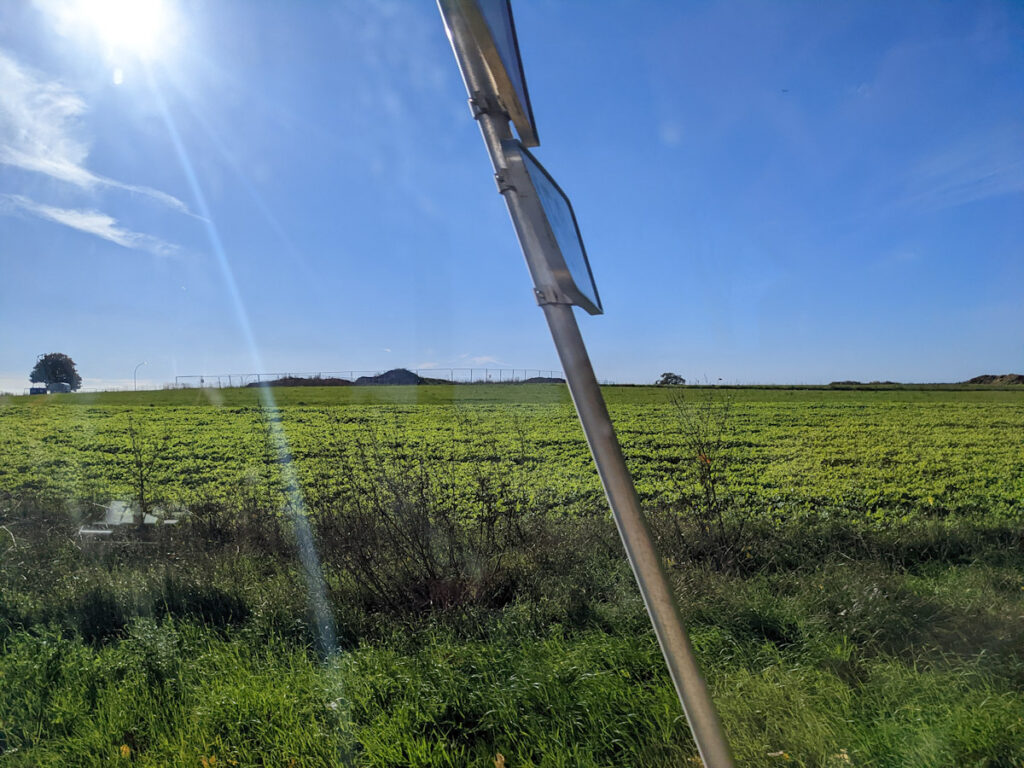
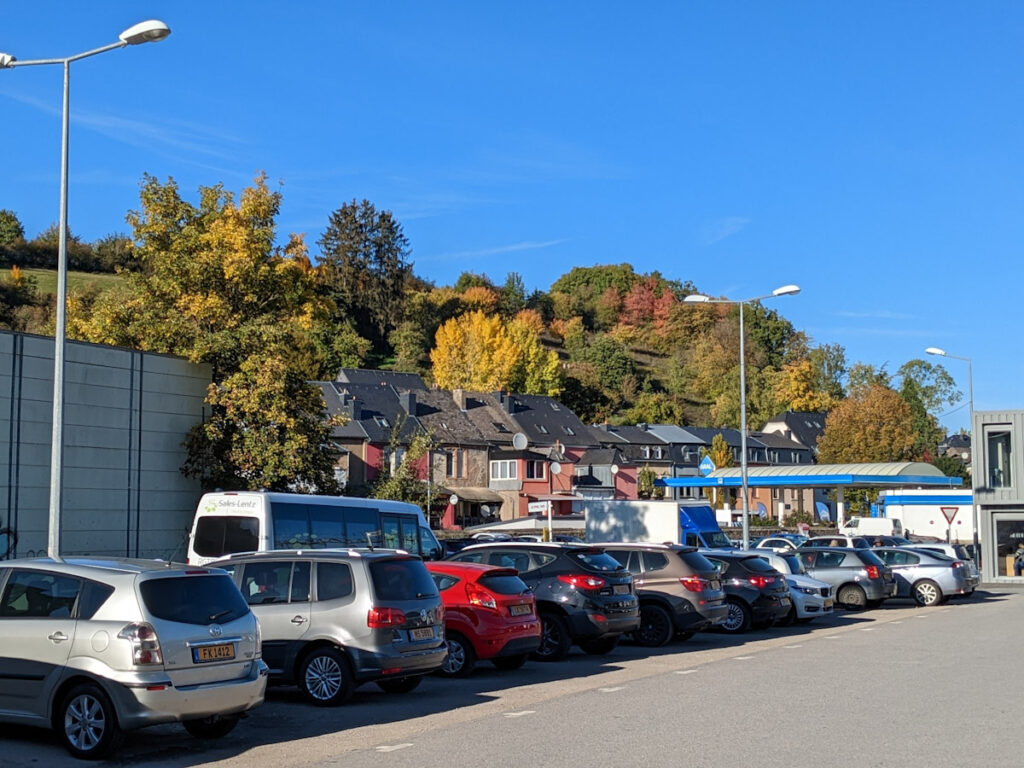


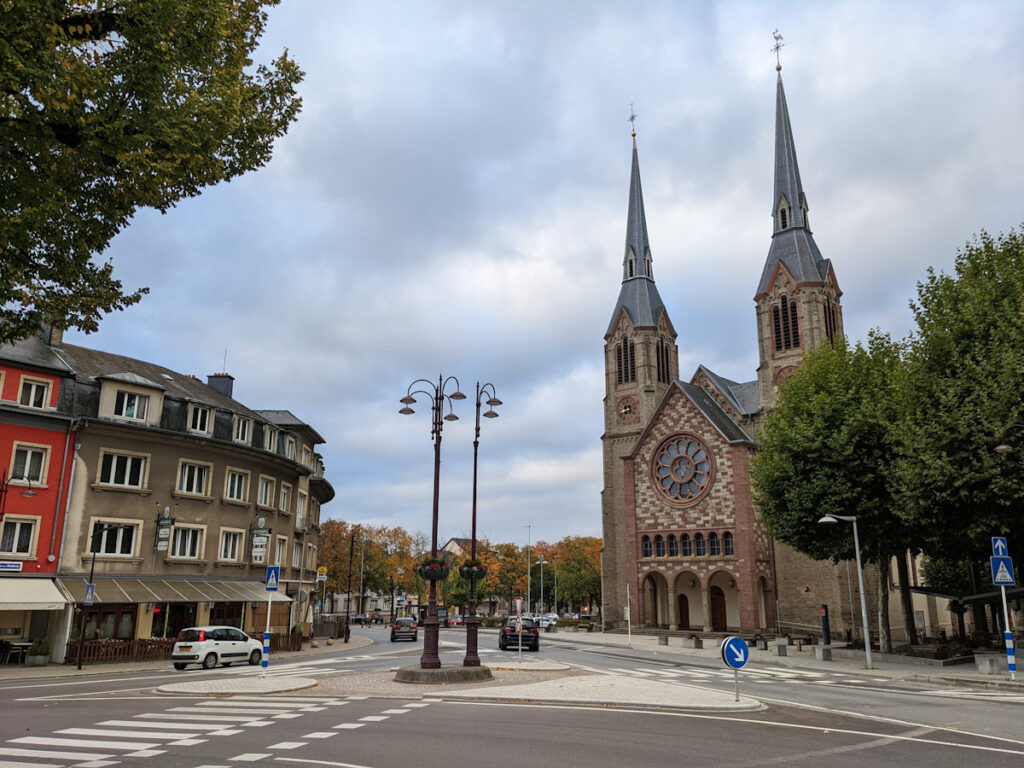
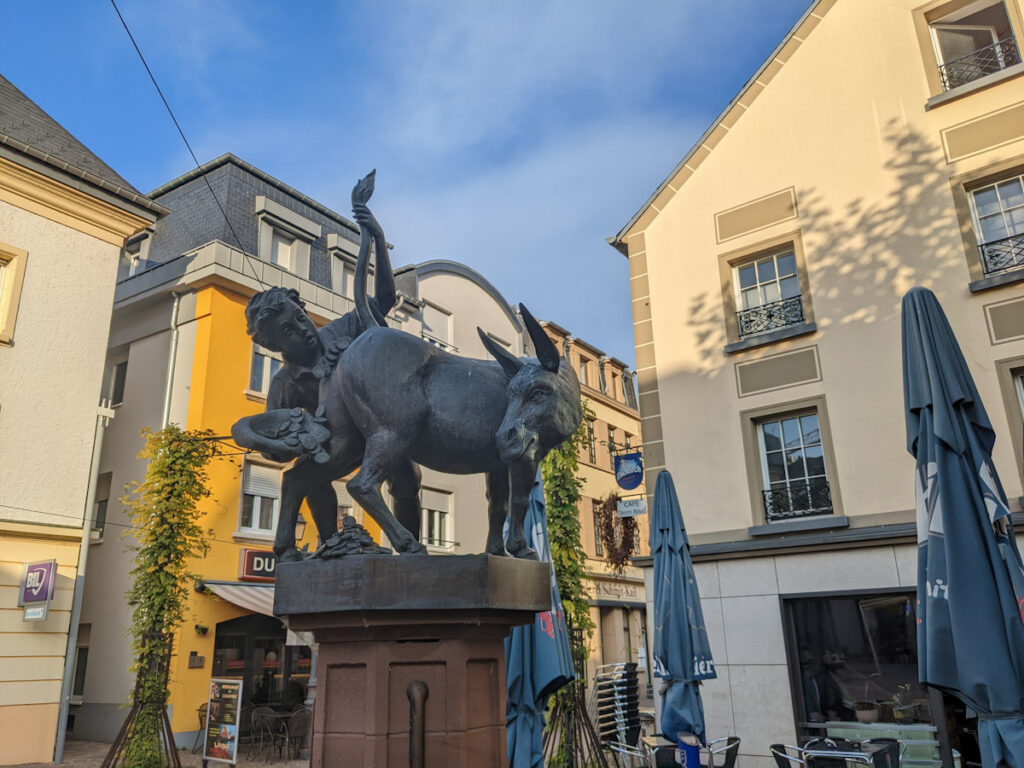


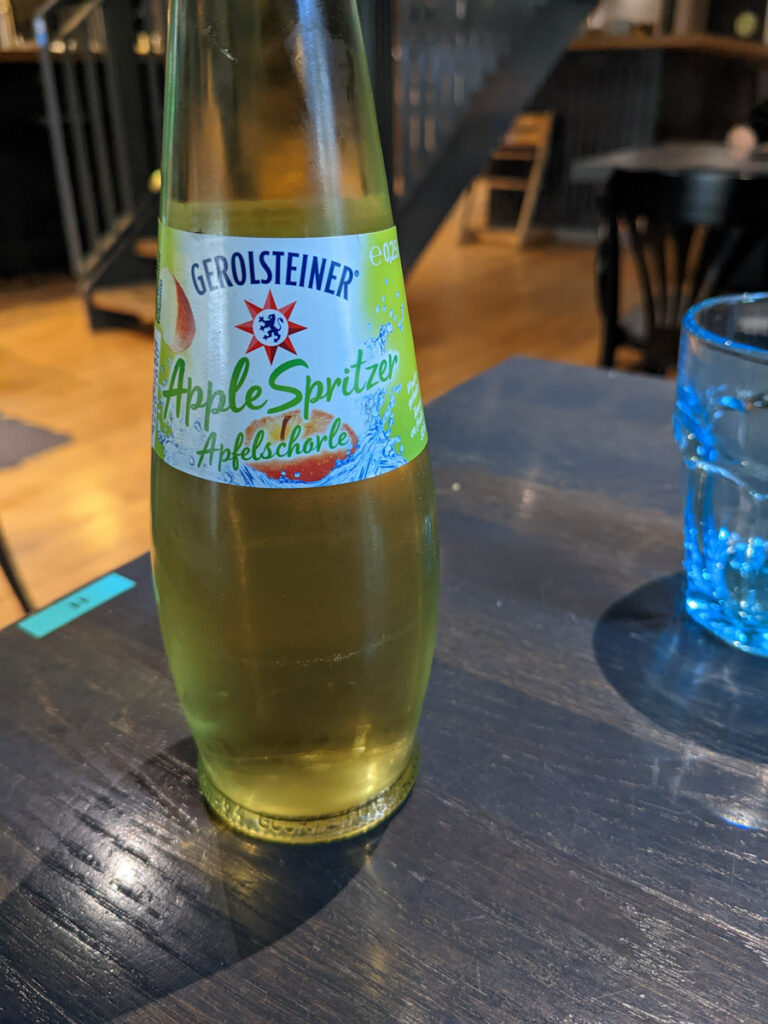

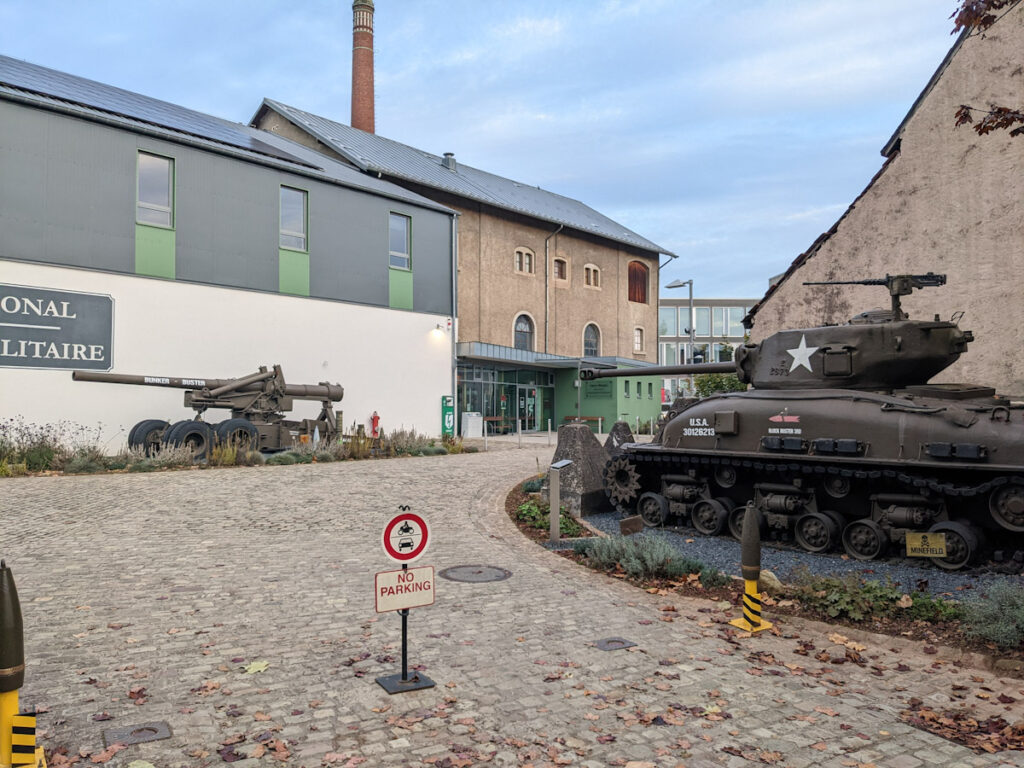
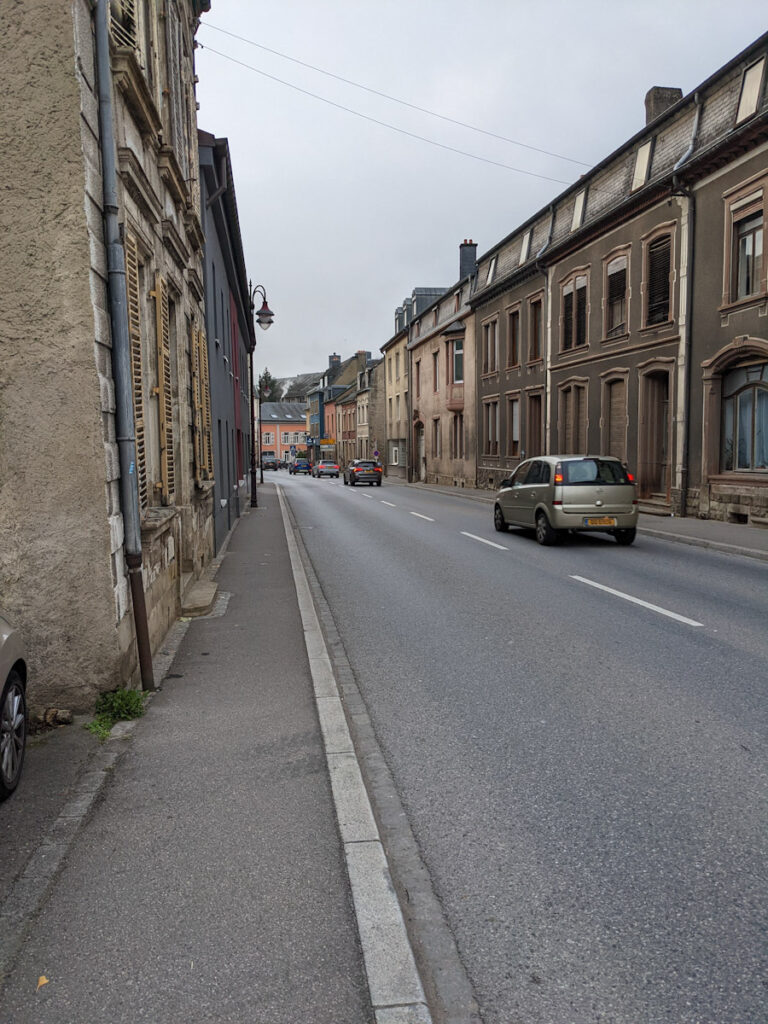
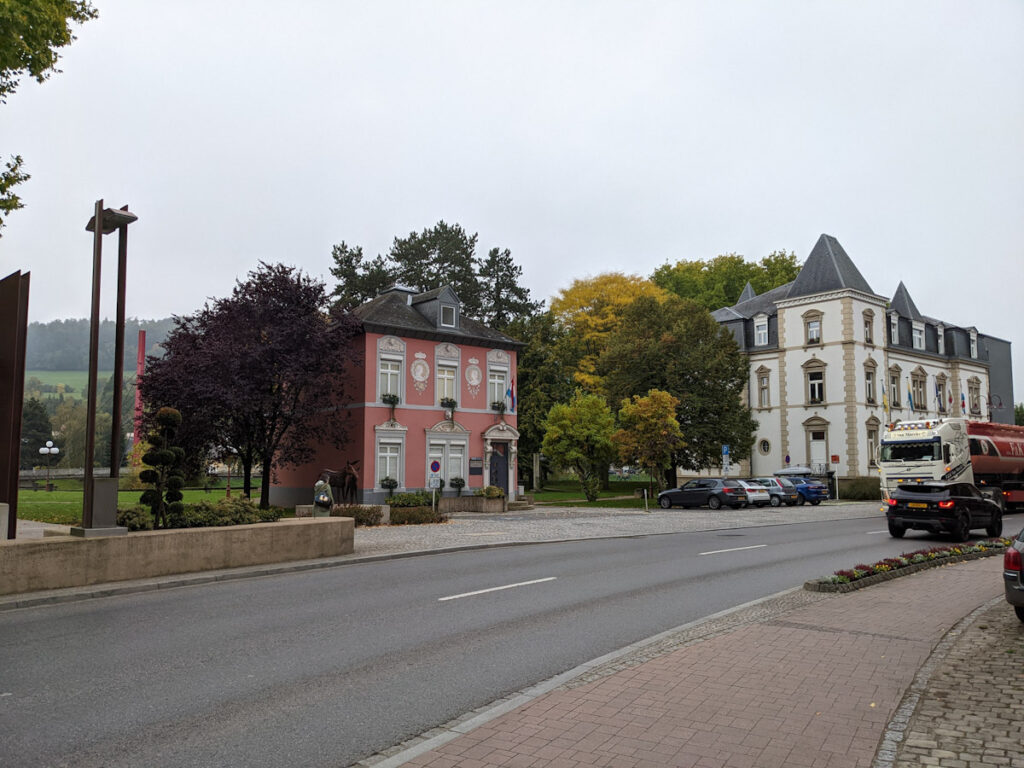
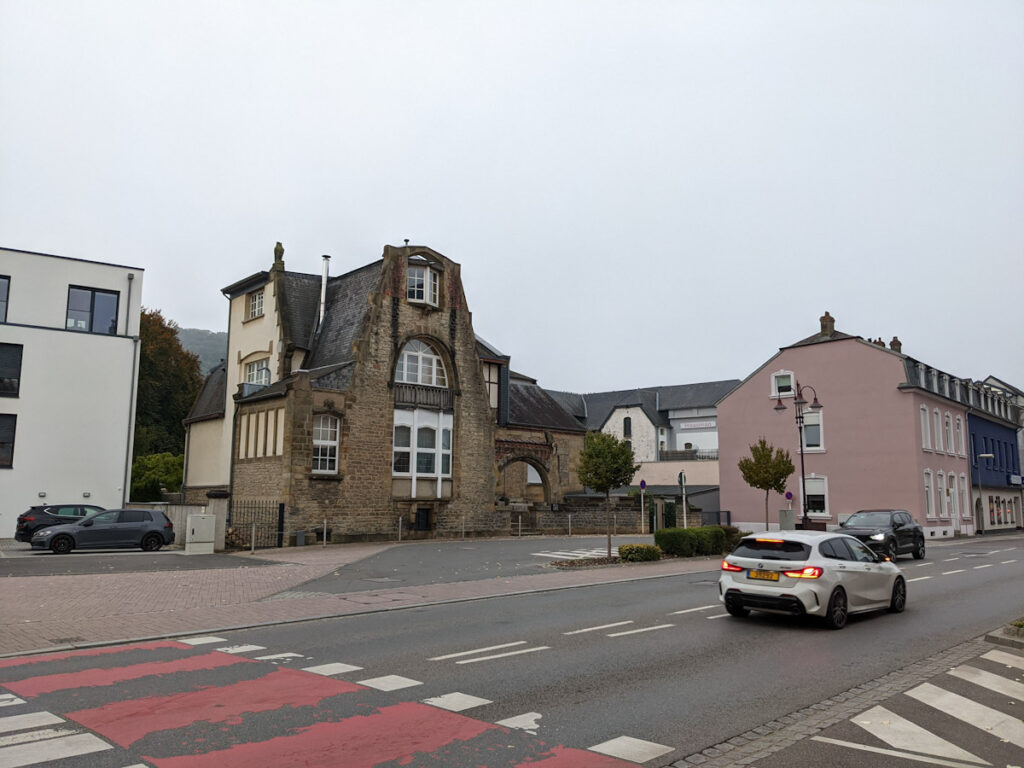


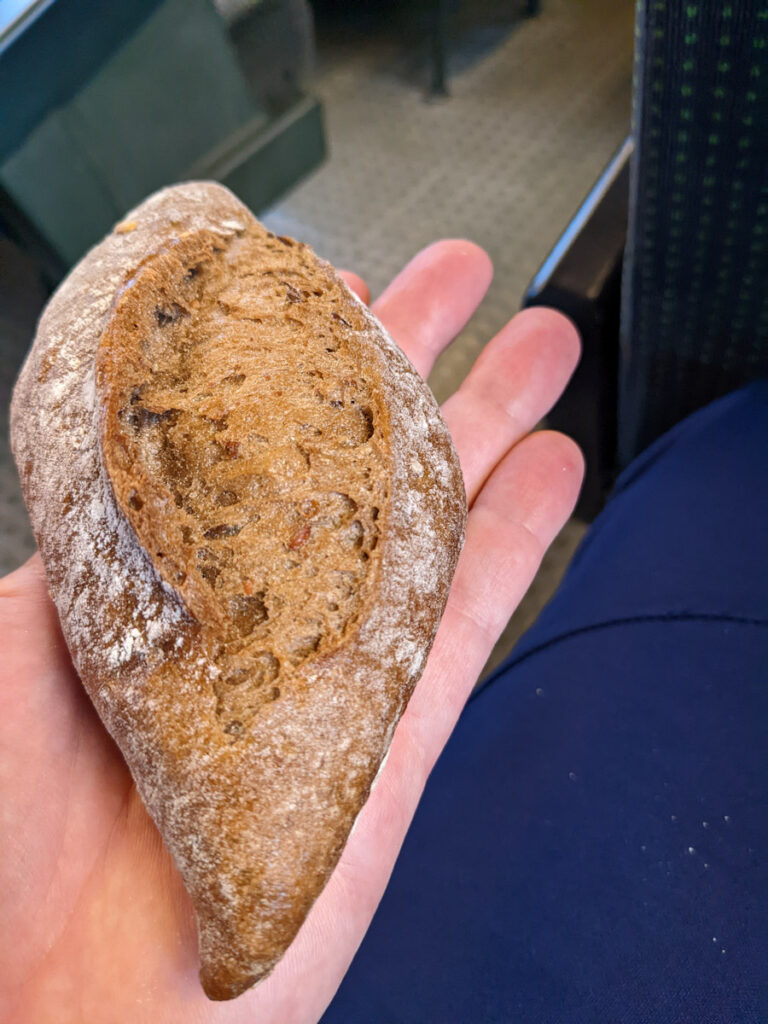
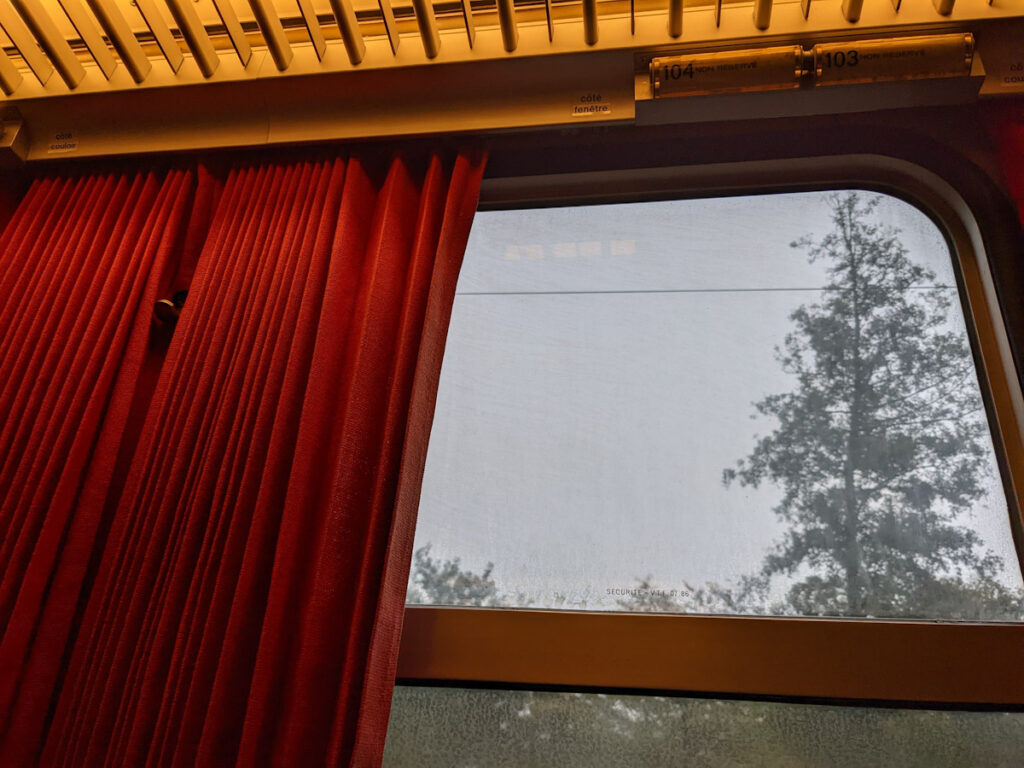
Luxembourg (City)
Disclaimer: What’s written here comes from a small amount of reading online, a two hour walking tour, and a general impression from a two days in the country. There really wasn’t time for anything other than coffee, the tour, and heading back to the station on this visit to the capital.
It’s certainly a unique place in a lot of respects, and that helps to make it confusing for an outsider on a brief visit. For starters, nearly 50% of the population is foreign born, with the greatest number coming from Portugal. French is used the most in the city, but the country’s other two languages, German and Luxembourgish, itself a mix of French, Dutch, and German, are also present. The French doesn’t quite sound French, nor does the German sound entirely German. The locals learn to navigate it, but trying to figure out whether to use broken bits of another language or to engage in English is a constant struggle. The latter was often received with a blank stare.
Ironically, their motto is “Mir wëlle bleiwe wat mir sinn,” which should be comprehensible as “We want to remain what we are” to anyone who can read Dutch or German. The thing is, no one knows exactly what they are. It’s such a melting pot that a national identity is clearly hard to come by, and probably means something different to people from one area to the next. The tour guide quipped that, “We take what we like from the cultures around us and call it Luxembourgish.”
It all made sense from the unusually thorough history lesson that the guide gave. The territory has been passed back and forth so many times that it’ll make your head spin trying to keep track of it. It was once four times larger, with a portion of the old territory making up the province of Luxembourg in present-day Belgium. It’s been the property of the Netherlands, occupied by Nazi Germany, and under Hapsburg rule both before and after the split into Spanish and Austro-Hungarian branches. They only achieved full independence in 1867.
The history also provides stark contrasts in architecture. While there are many wonderful views, some of the Austrian-influenced buildings stir as much emotion as a well-designed bank building. That comes down to personal preference, but unless one appreciates every style and era of European architecture, one section or another will be received with, “Eh, it’s impressive, but I can’t say I love it.”
Among the most impressive features of the city are the fortifications. The city was once considered impenetrable, with several lines of defense ranging from a ring of defensive forts to a 14-mile tunnel system extending 130 feet under the city that’s complete with everything needed to endure a months-long siege. Sadly, as a condition of one of the political transitions, the city had to agree to destroy most of the fortifications. It was considered too much of a strategic threat to let it exist as a part of a neighboring state.
Photo Tour
Here’s the mad dash through the city in four hours through fifty photos. Enjoy!

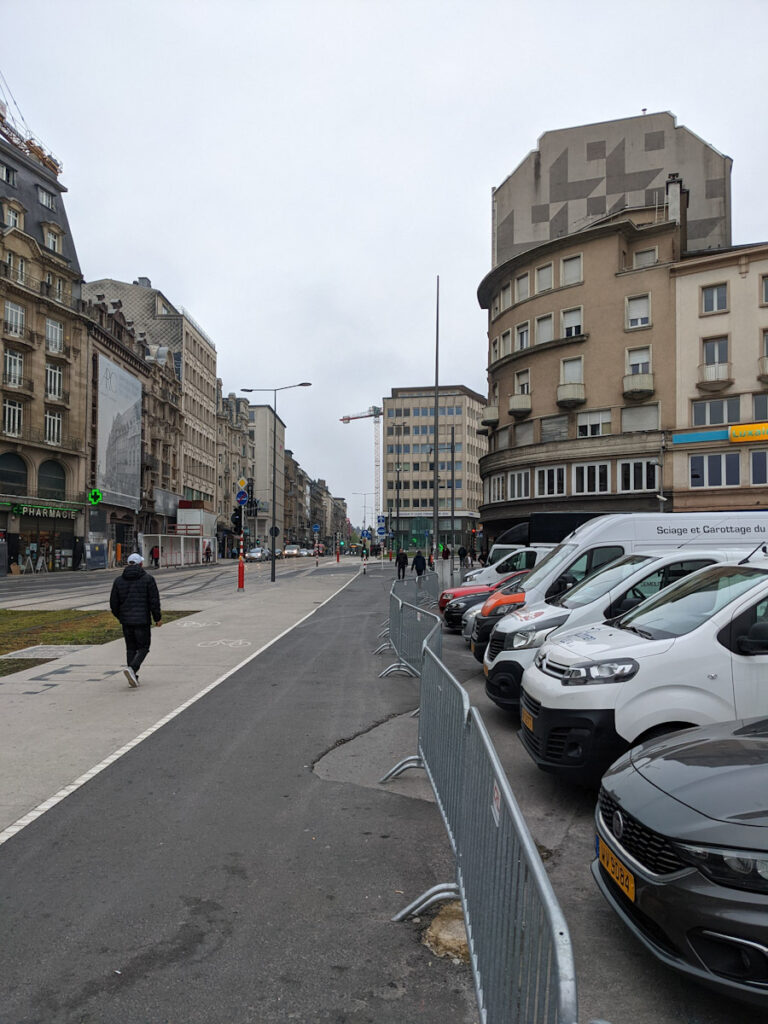
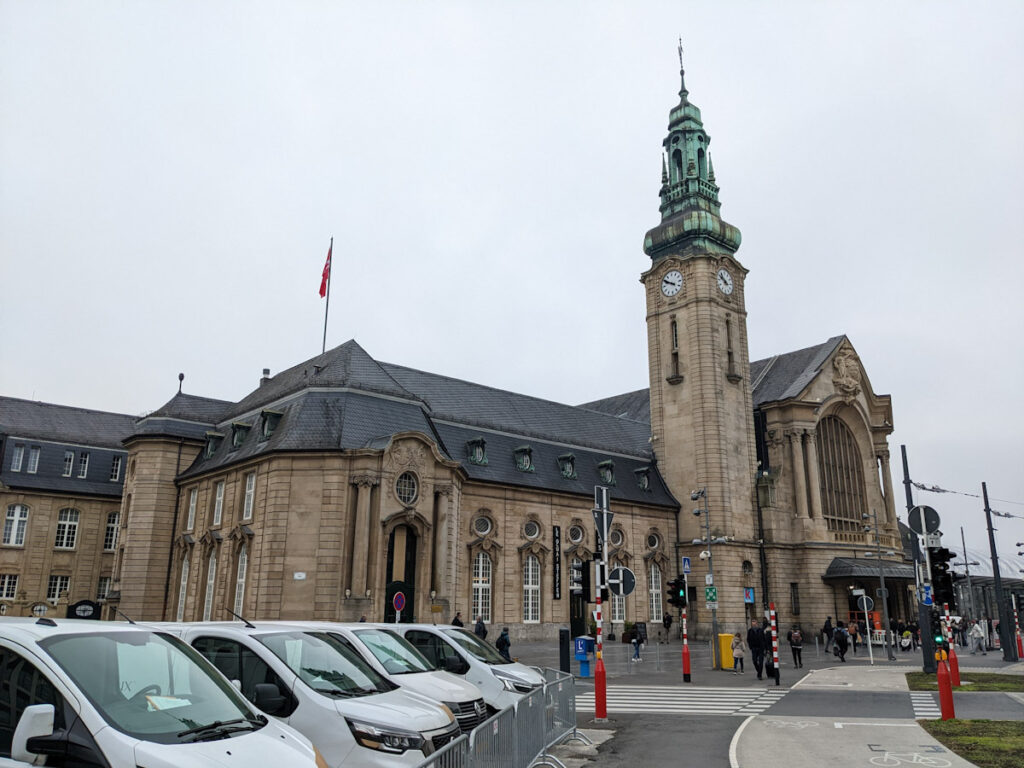

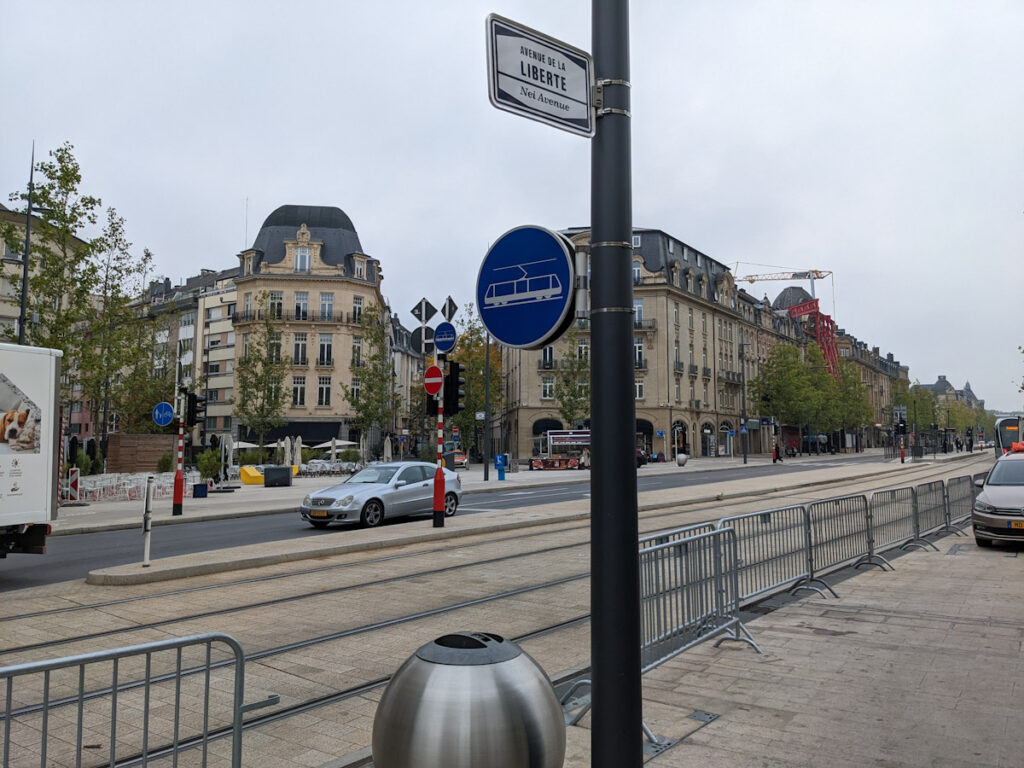

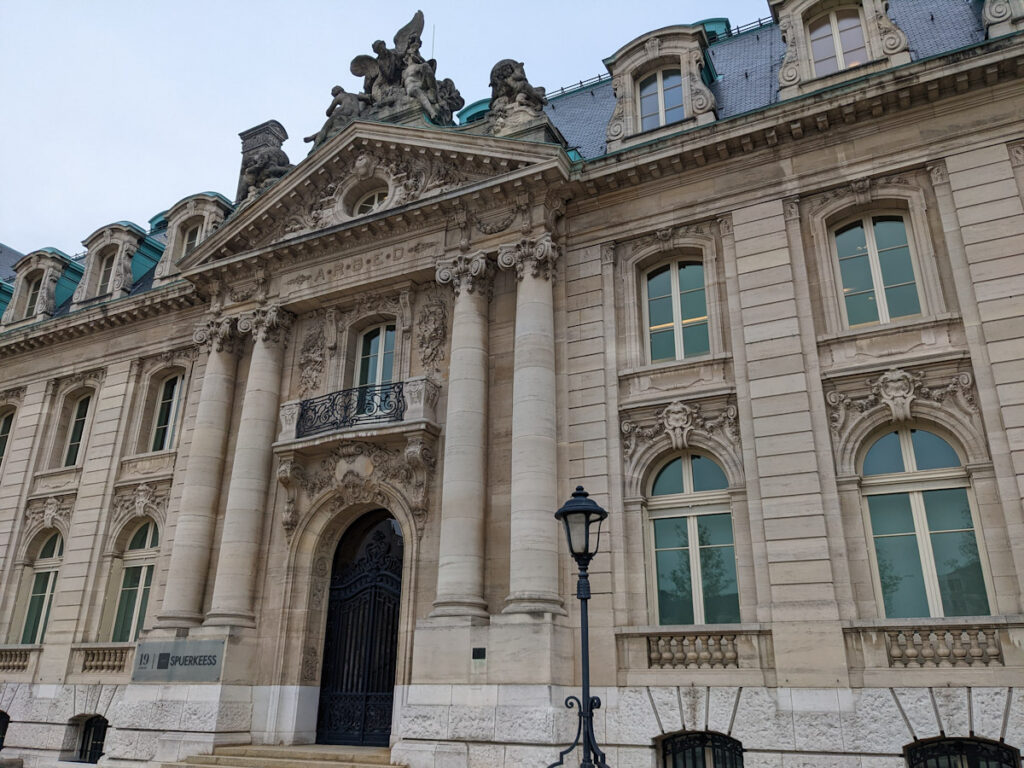
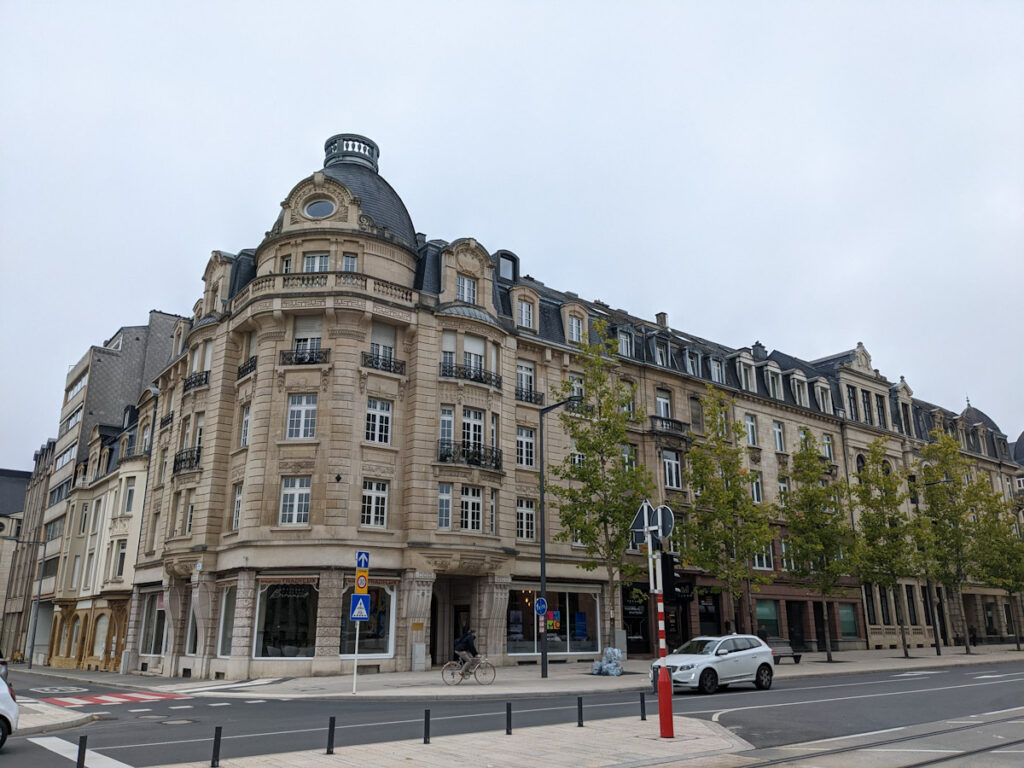


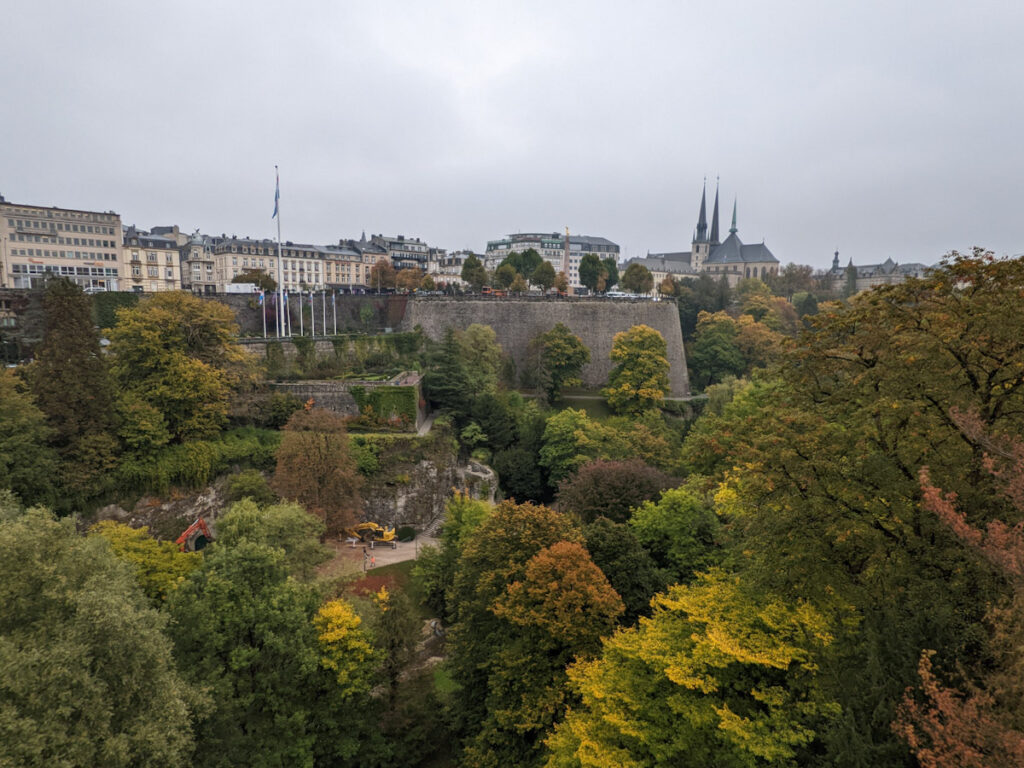
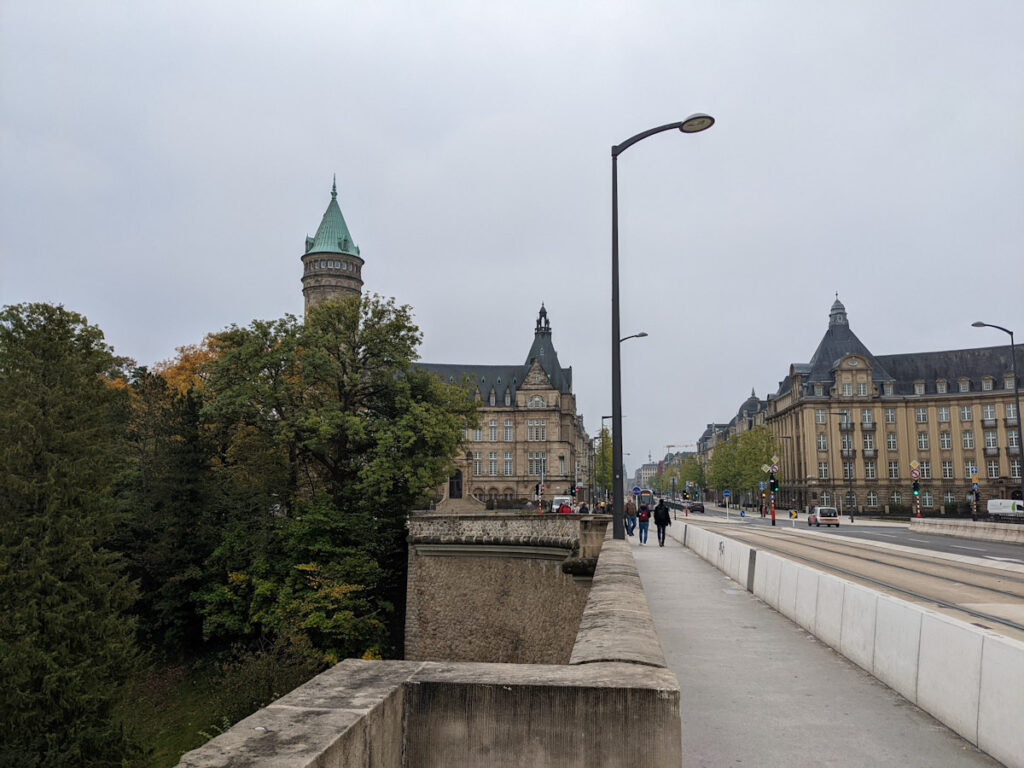

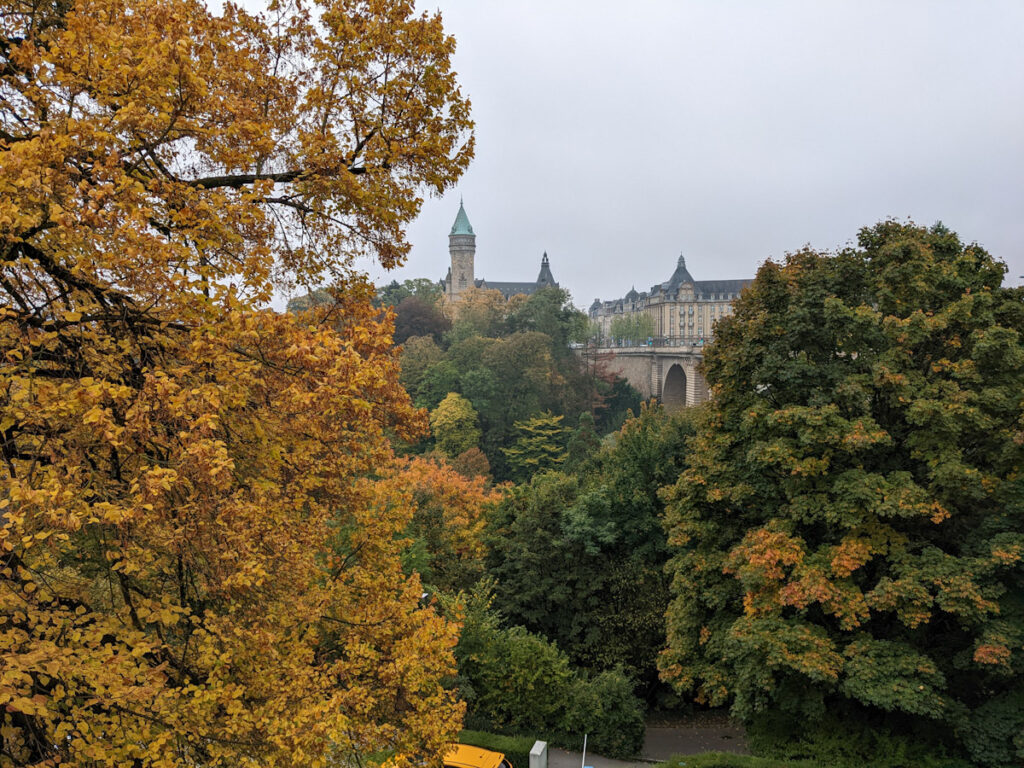
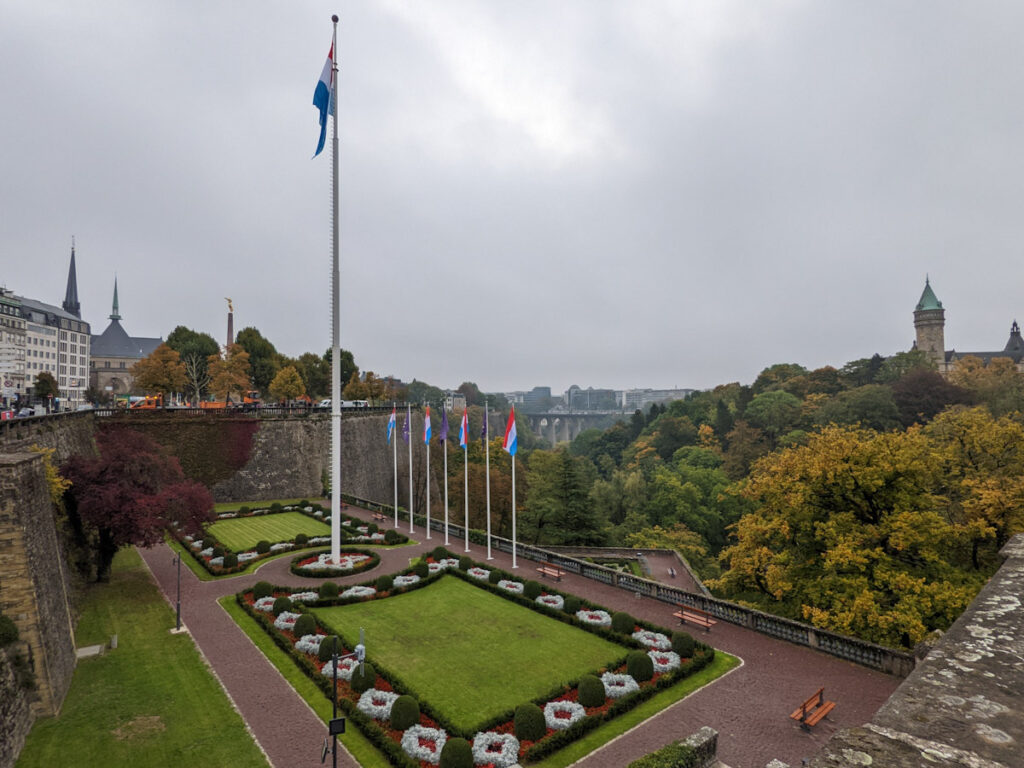
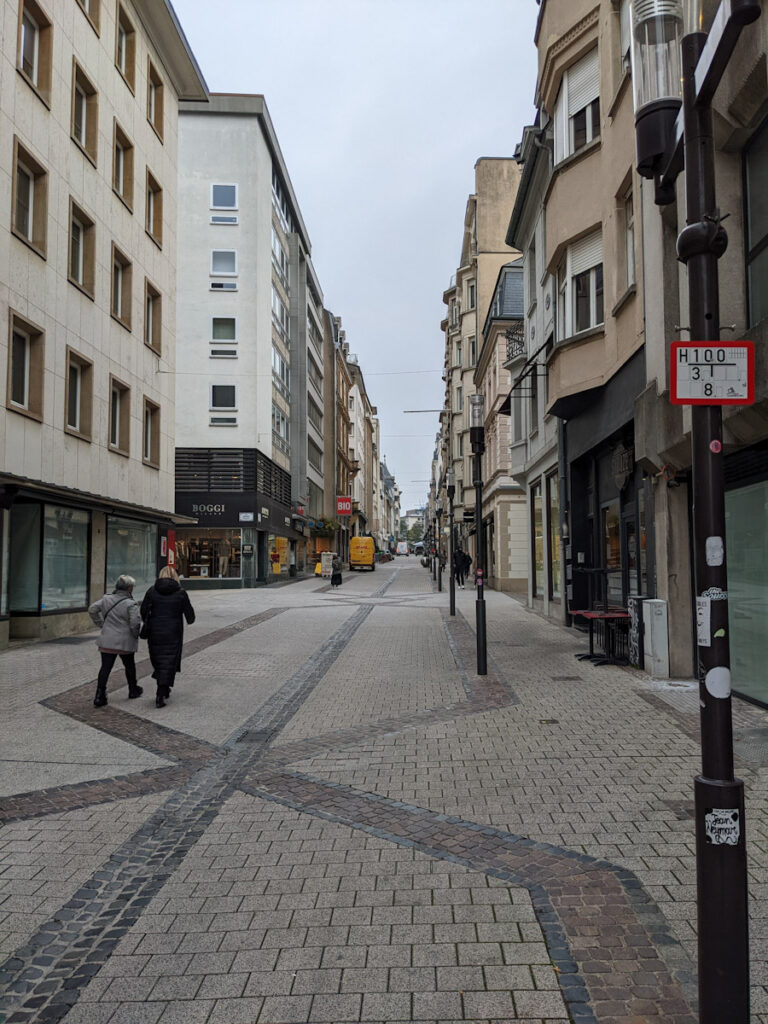
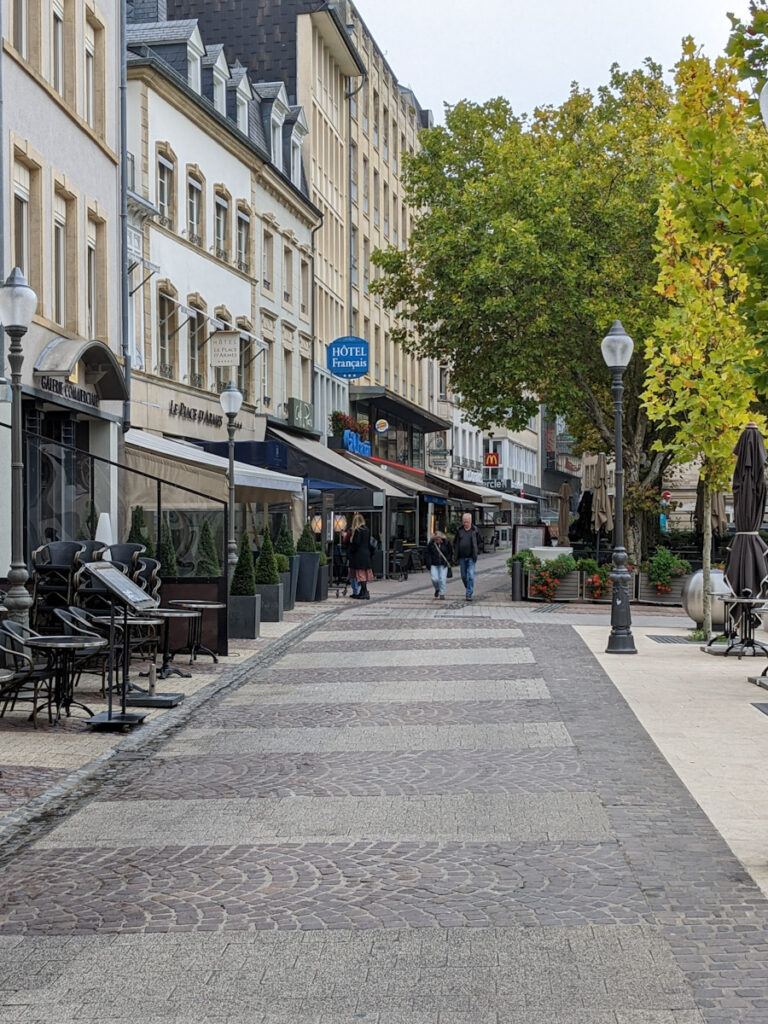
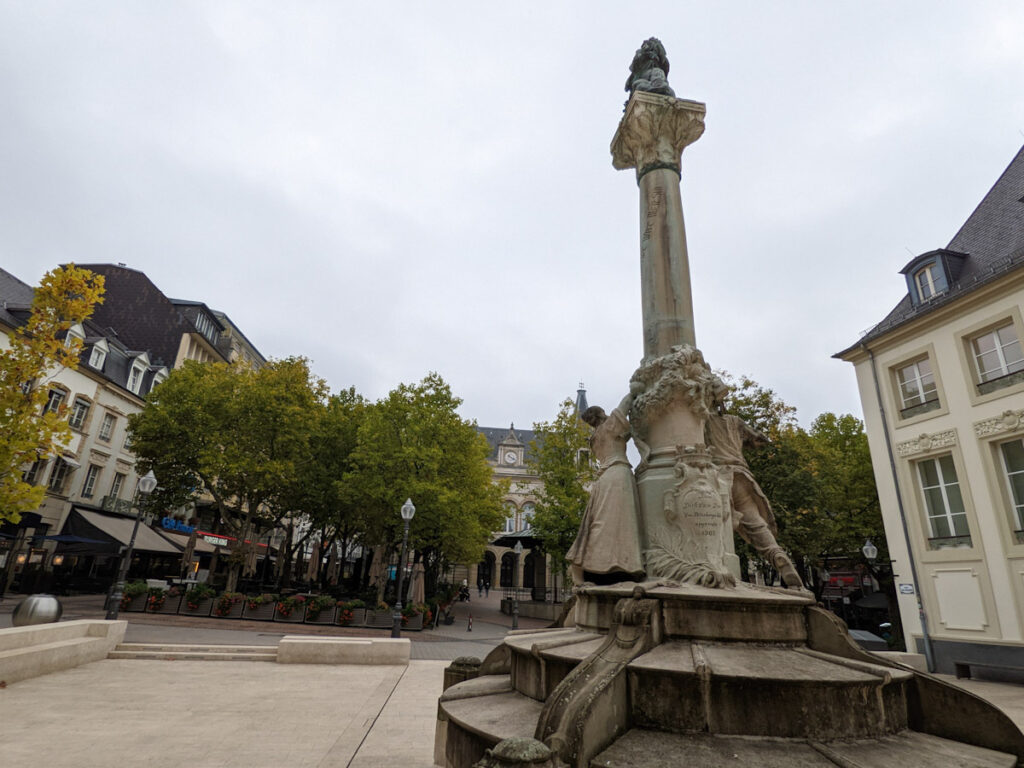

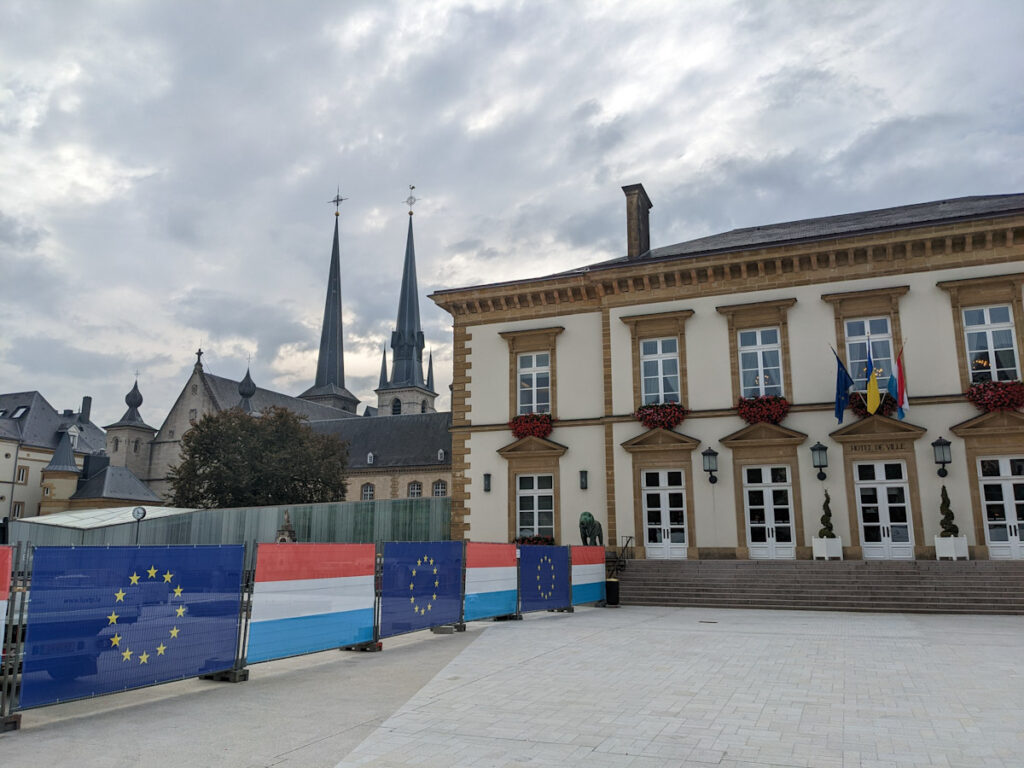


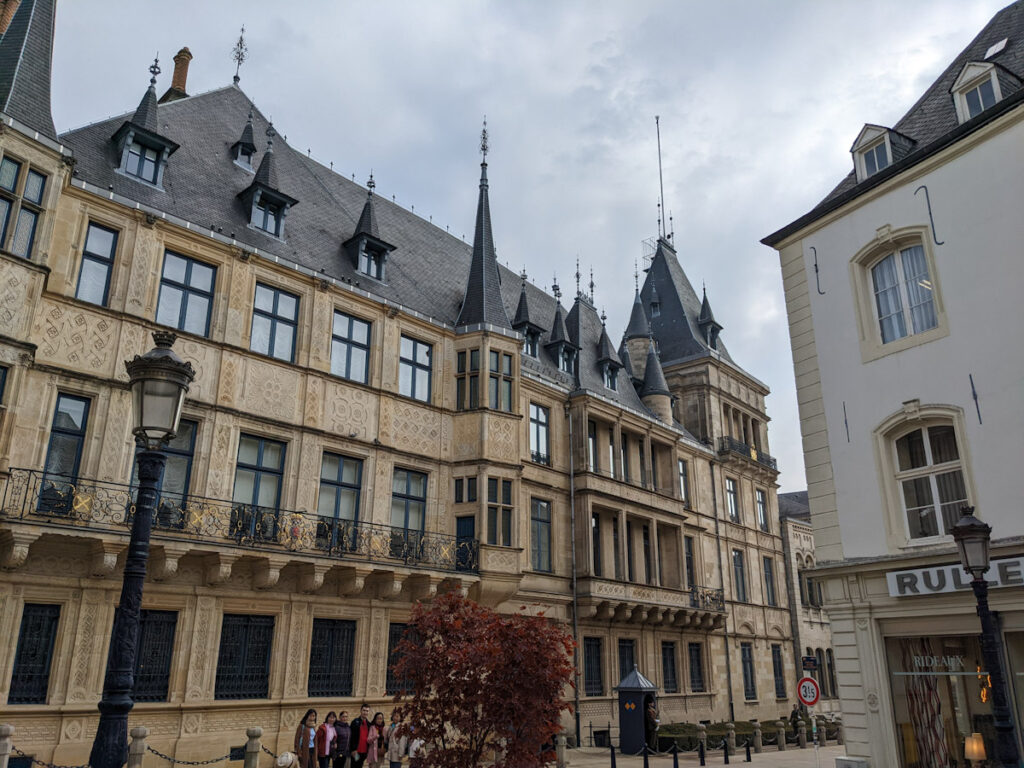
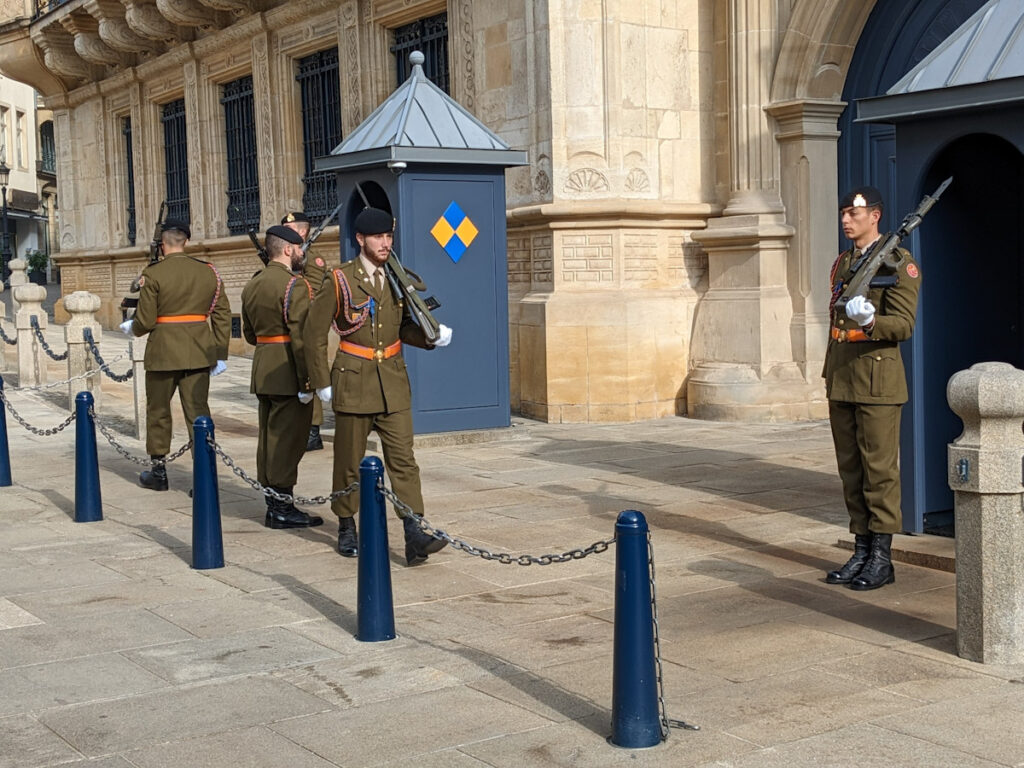



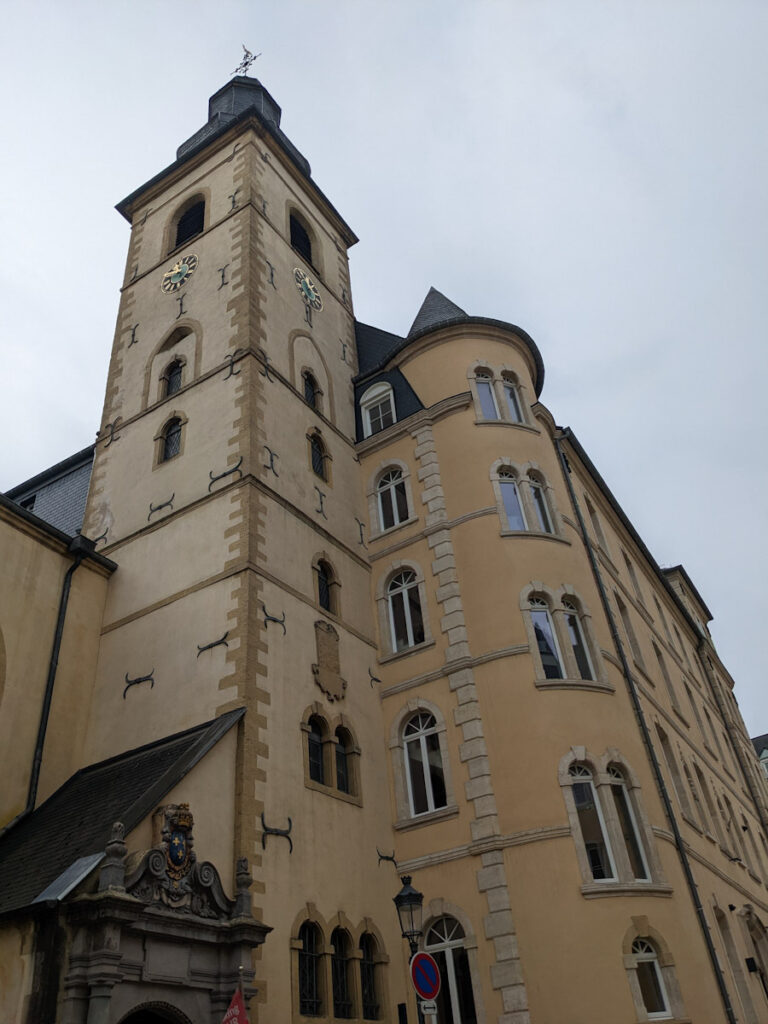

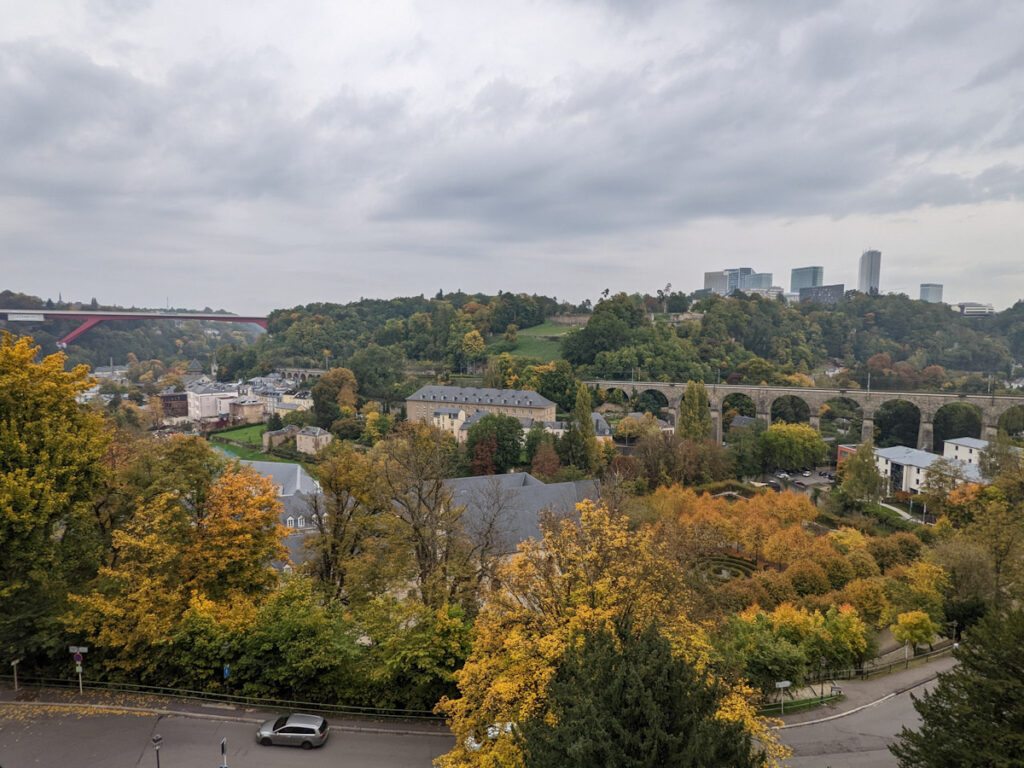
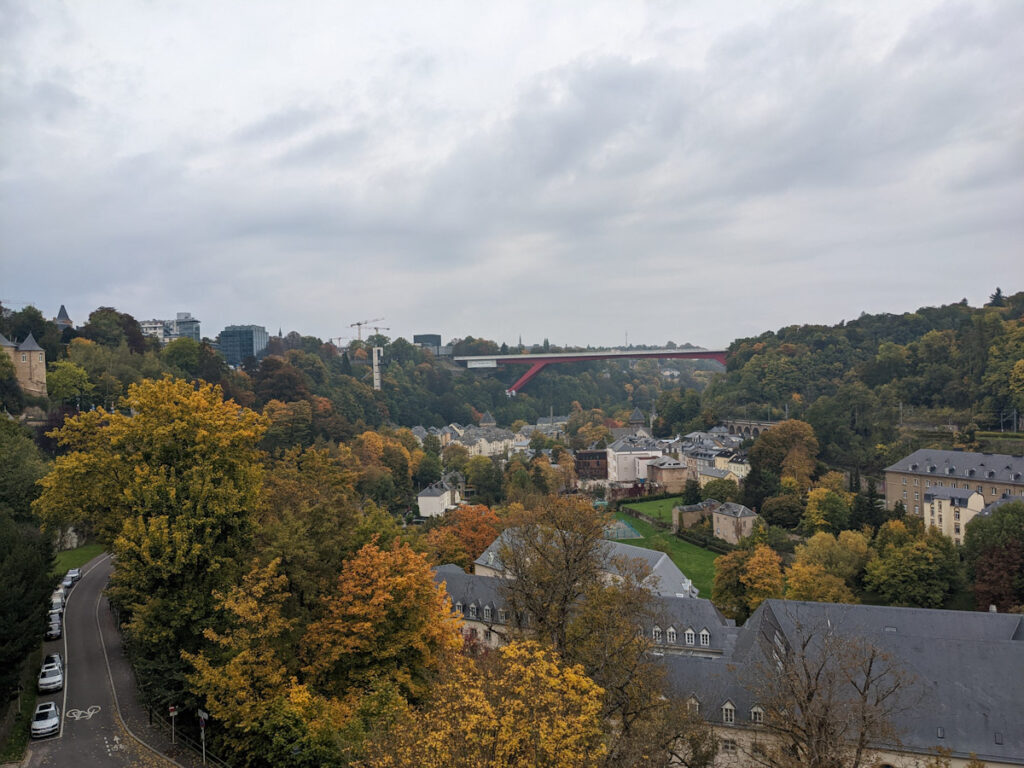


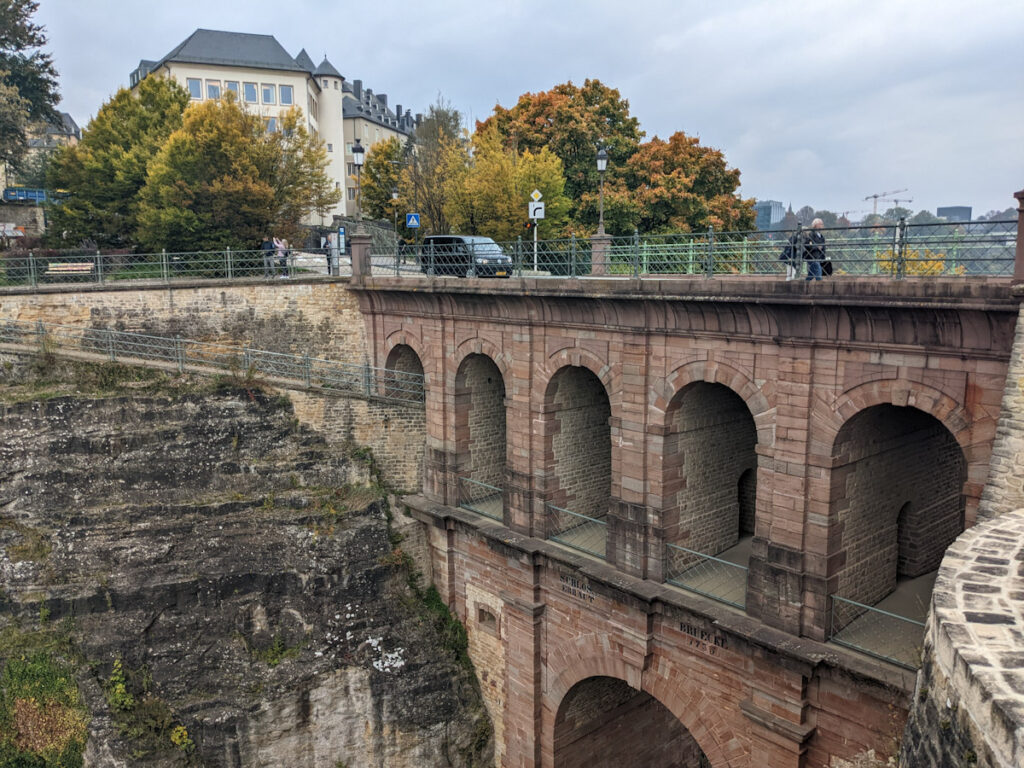

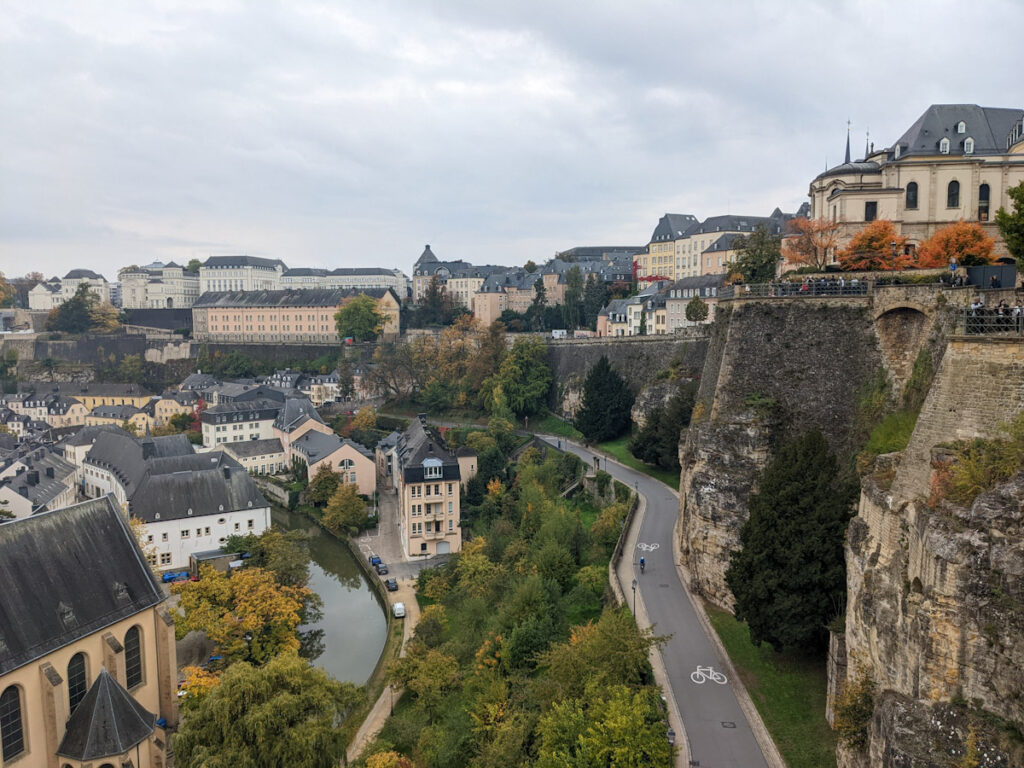
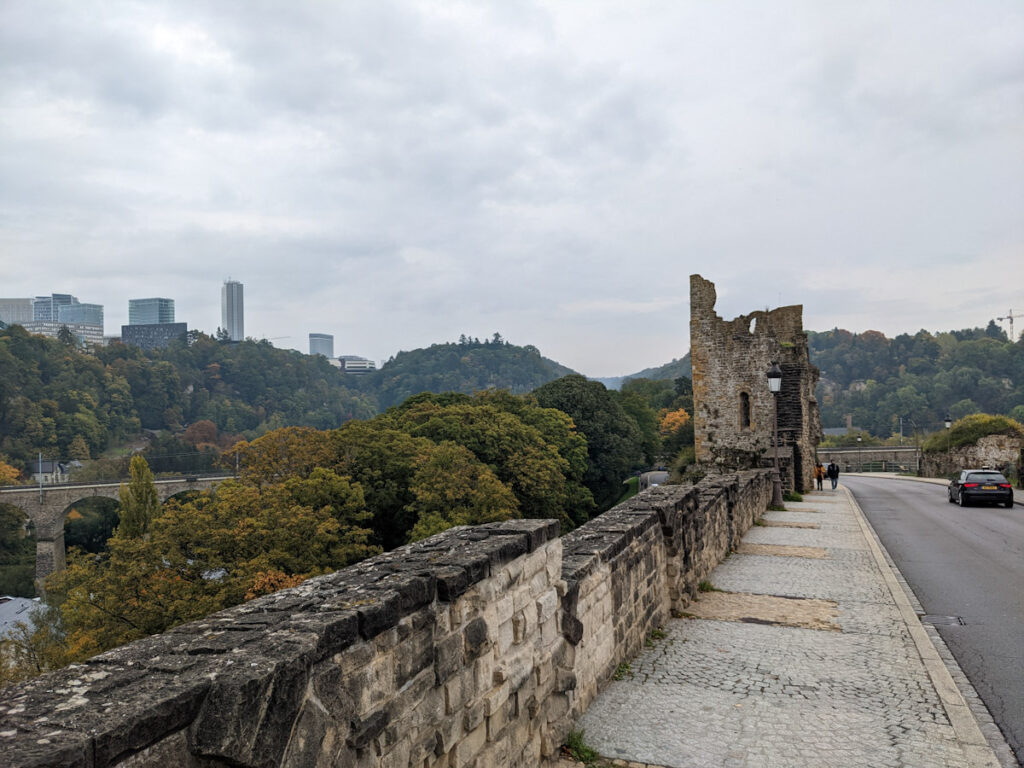
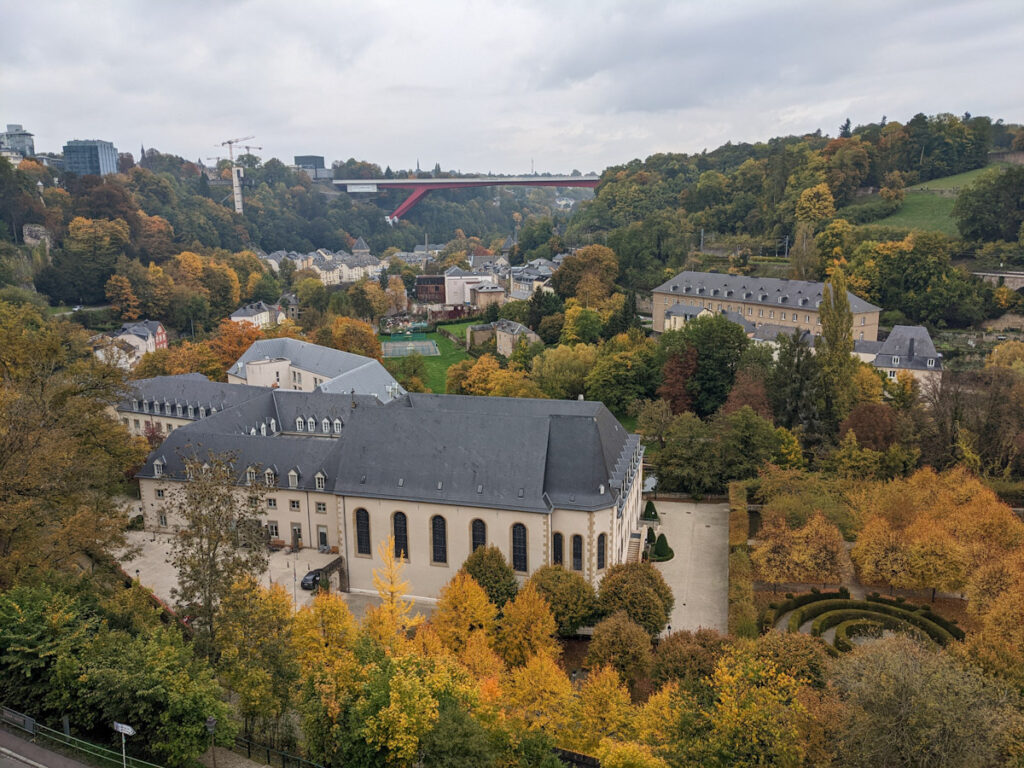
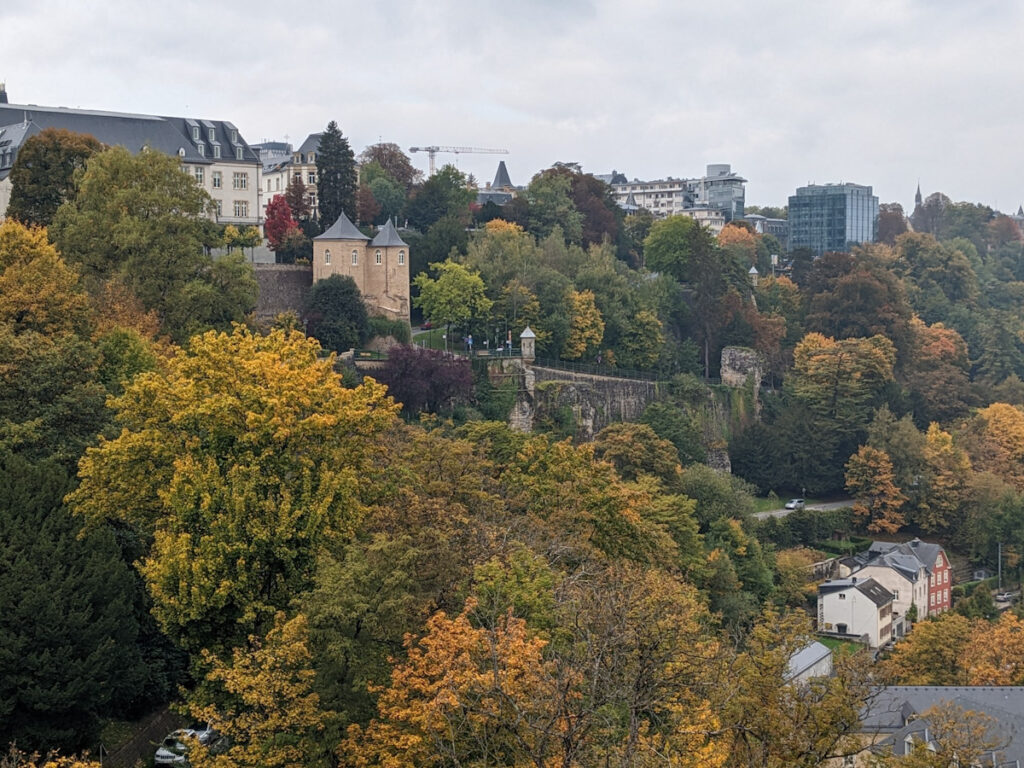
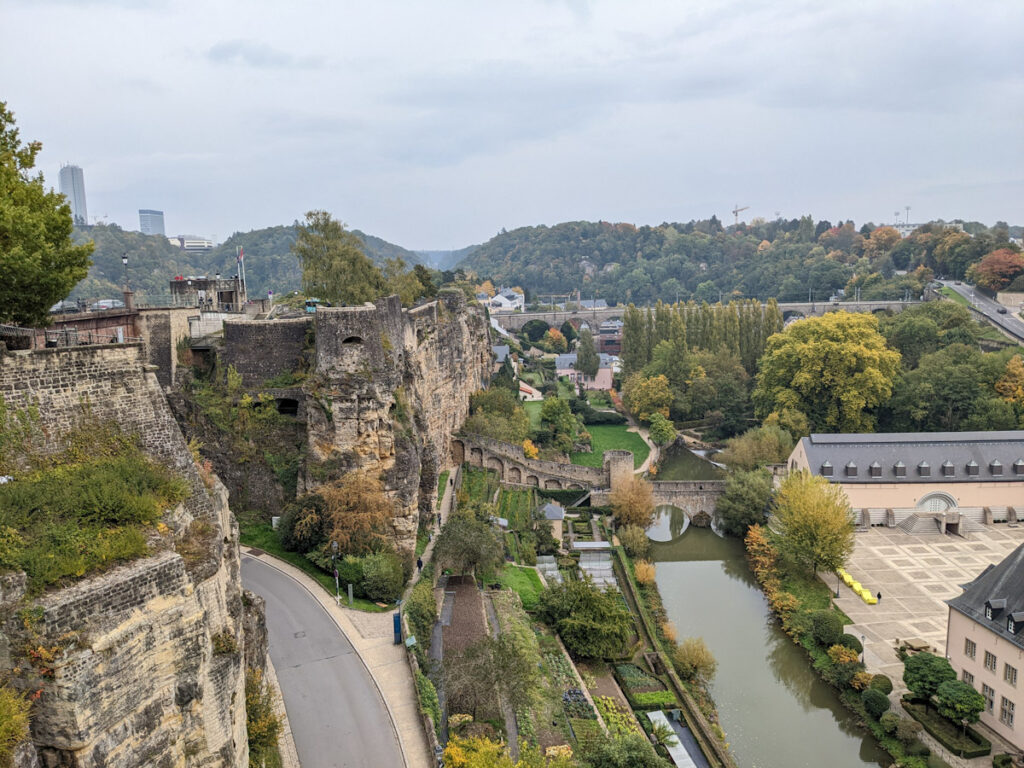

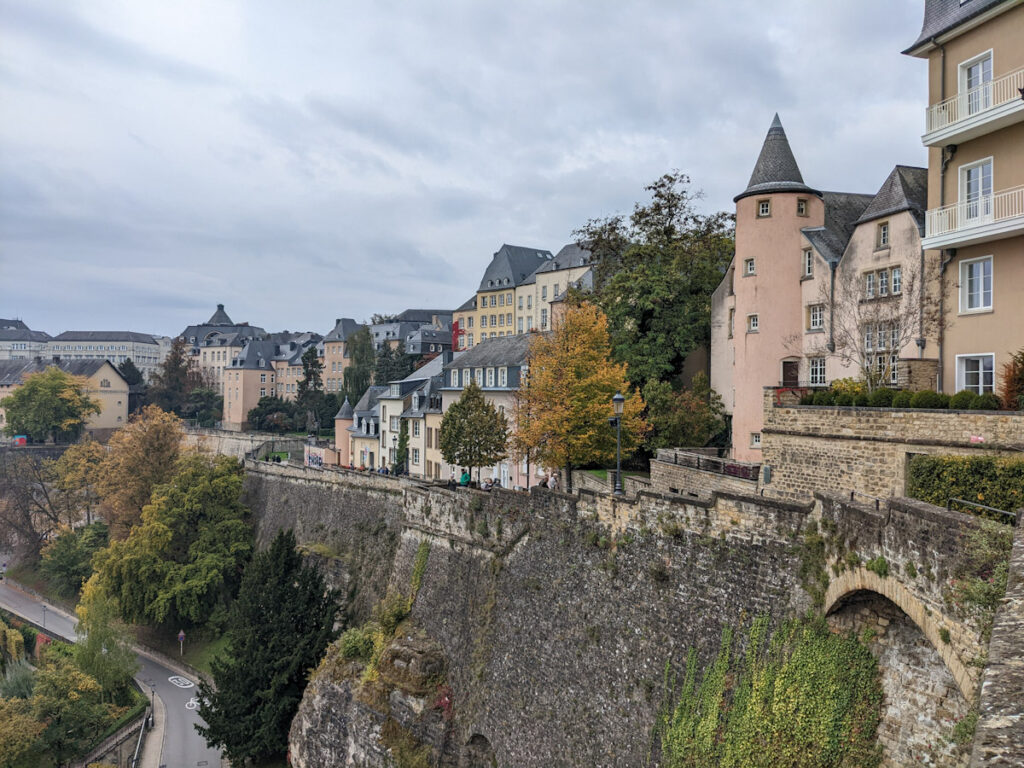
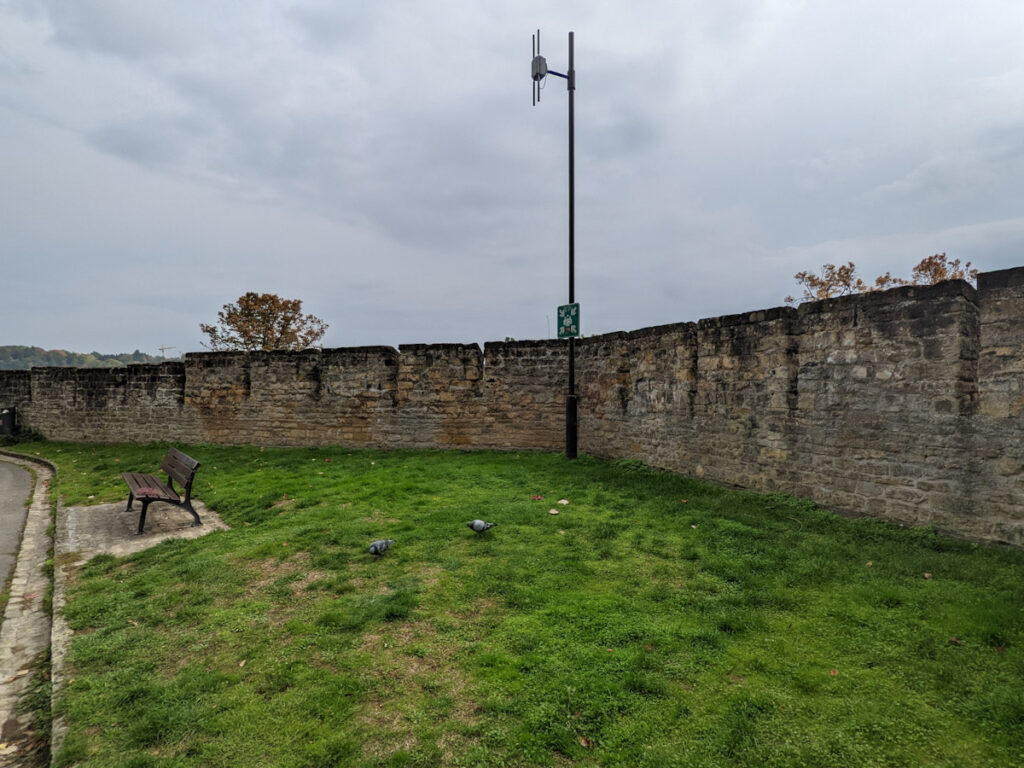
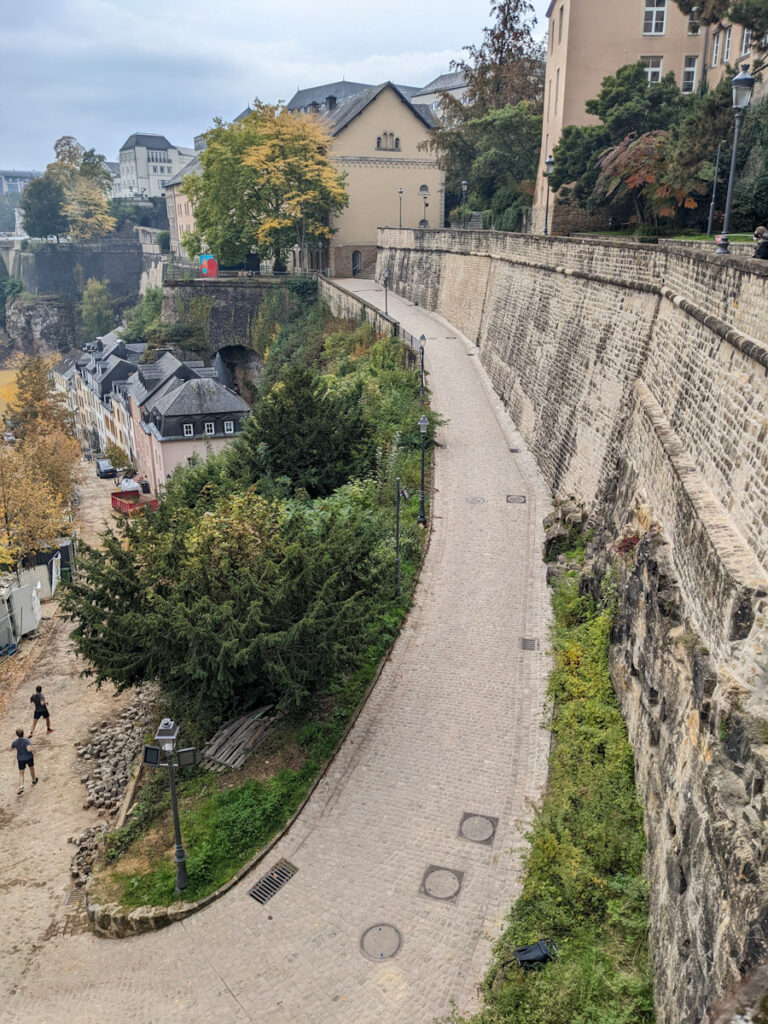


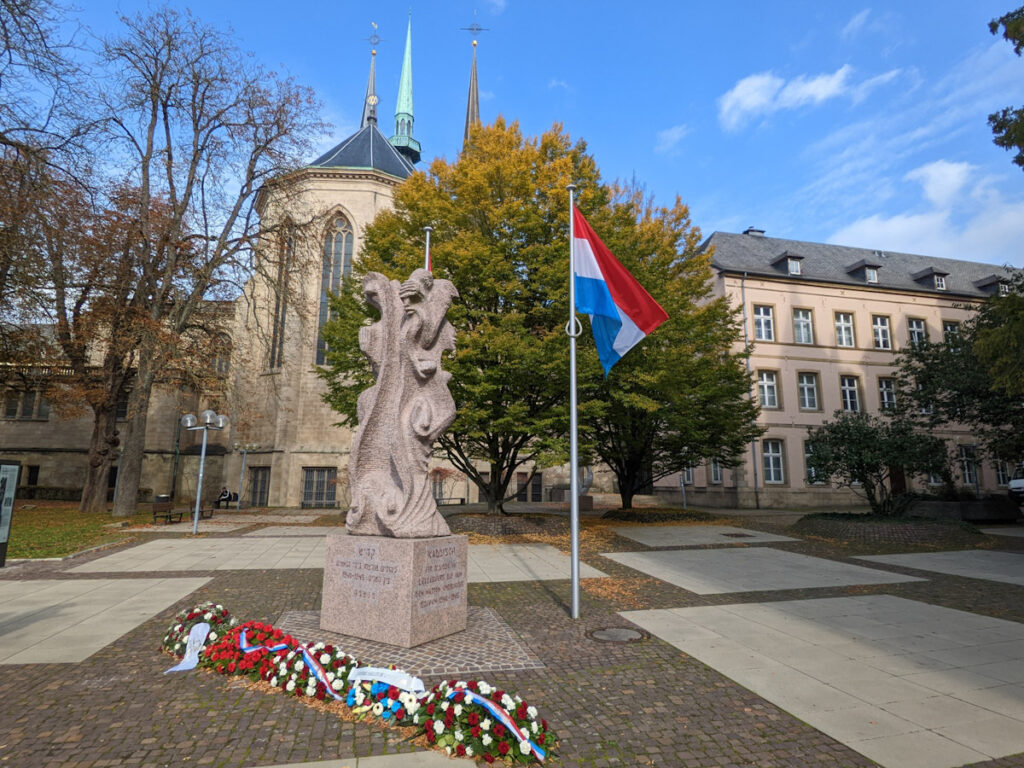
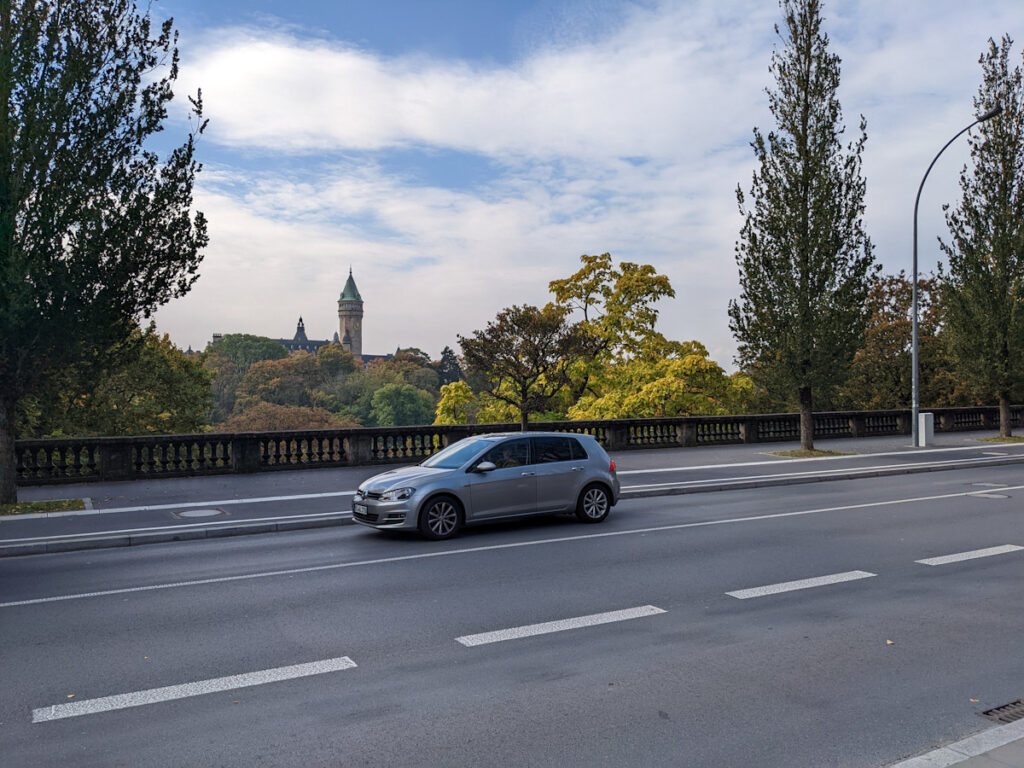
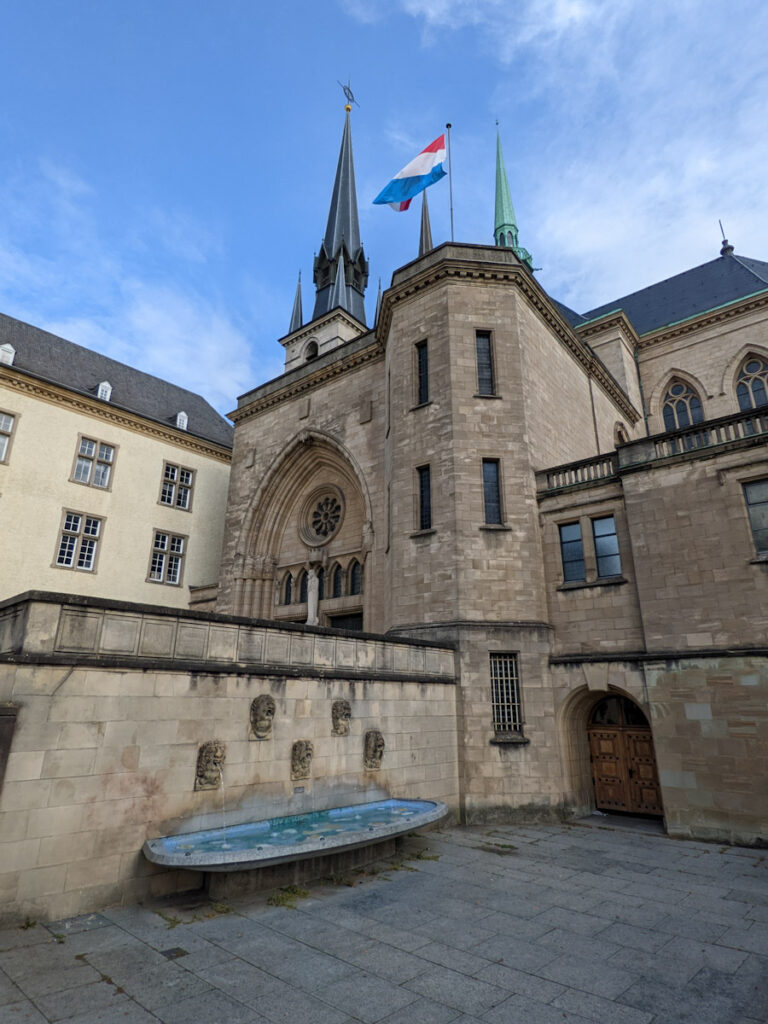
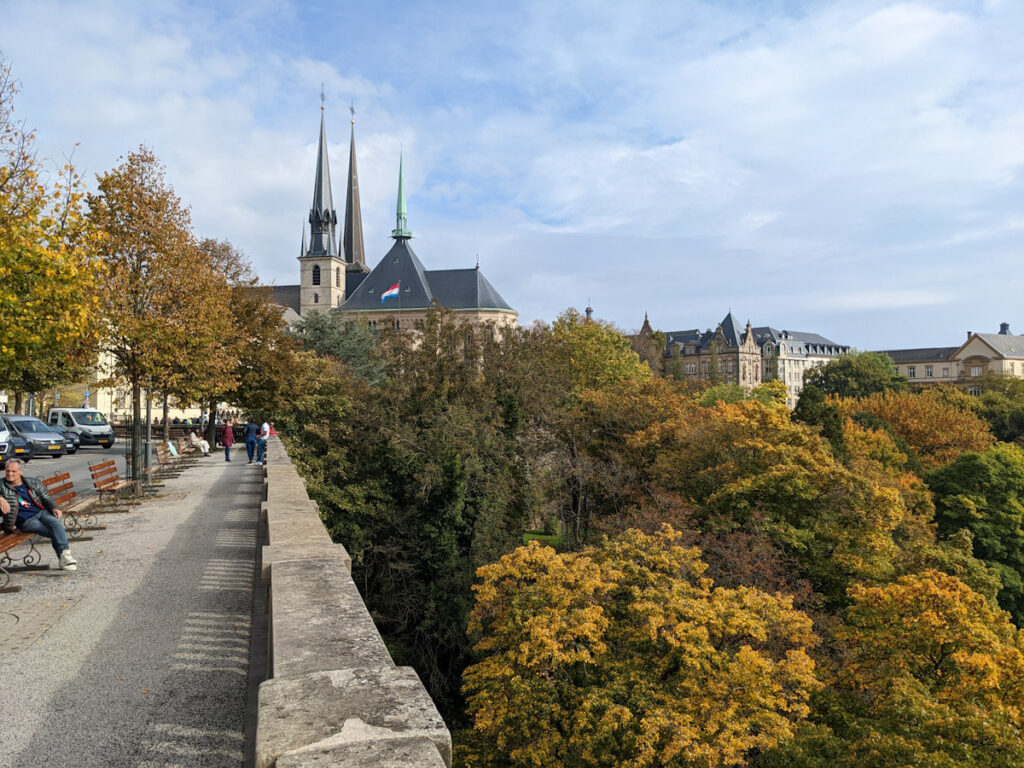
Leaving Luxembourg
From Luxembourg, it was back to Belgium for one night to see Dinant (depicted below), into the Netherlands for a few nights in Rotterdam, and finally to Antwerp (present location in Belgium). That’s still around five days to cover, but the solo portion of the journey will come to an end on Friday with a night train from Brussels to Zürich.
